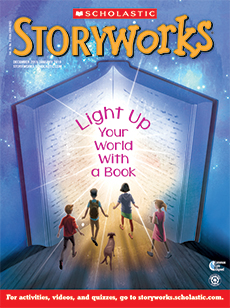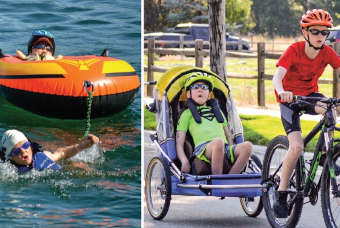The gate flew open and Savannah Roberts took off. Perched on her horse, Short Shank, Savannah could hear the roar of the crowd. The 12-year-old and her horse raced at top speed, whipping around barrels.
No other rider could match her speed. Savannah, the youngest person in the competition, won the barrel racing event at the Bill Pickett Championship Rodeo last September. The rodeo celebrates and honors African American cowboys and cowgirls.
“Winning at this rodeo made me feel really special and proud,” says Savannah.

